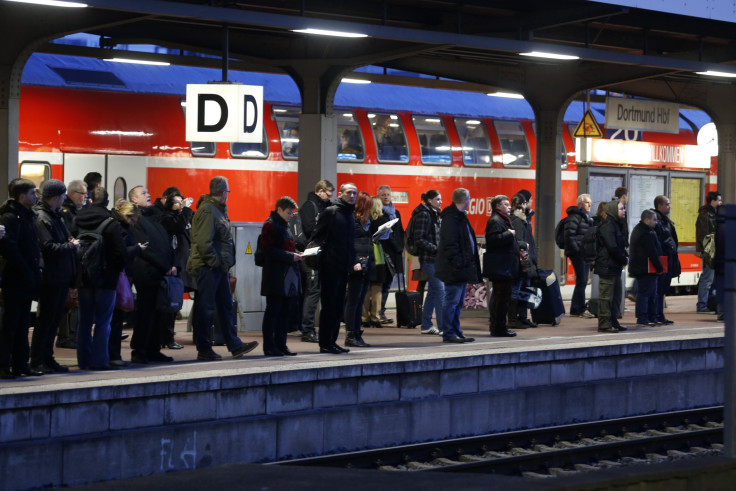German Unemployment Dips While PMI Data Shows Slowing Factory Growth; Overall Factory Growth In Euro Zone Dips But Stays On Track, Assisted By Growth In France, Spain

Unemployment in Germany dipped once again in February according to data from the Federal Statistical Office, or FSO, even as PMI data showed slowing growth in the country's manufacturing sector while countries such as France and Spain reversed slowing trends to register months-long highs.
In February, about 41.7 million residents of Germany were employed, according to provisional data, which is an increase of 315,000 persons or 0.8 percent over the same period in 2013. In January 2014, jobs growth had been at 0.7 percent.
“The mild winter was one of the factors contributing to this development,” a statement from the FSO noted Tuesday, adding that in February, about 2.3 million people were unemployed -- 198,000 fewer than a year earlier -- translating into an unemployment rate of 6.7 percent, or 5.1 percent in seasonally-adjusted terms.
Meanwhile, Germany’s manufacturing PMI stood at 53.7, down from 54.8 in February, a Markit release showed, marking a four-month low, but continued to remain above the long-run trend and “rounded off the best quarter on average in almost three years.”
“With employment growth edging closer to stagnation and export growth easing to a five-month low, the data signal that there might still be a few obstacles on the path to recovery,” Oliver Kolodseike, an economist at Markit, said in a statement announcing PMI data.
According to a consensus estimate from the Wall Street Journal, German unemployment in February was expected to stand at 6.8 percent.
Meanwhile, PMI data for the euro zone showed recovery in the manufacturing sector continued. The final euro zone manufacturing PMI for March stood at 53.0 in March, unchanged from a flash estimate, according to a release from Markit, extending the recovery in the region’s manufacturing sector to nine consecutive months. In February, the reading had stood at 53.2.
March PMI data also highlighted a reversal of trends as previously high achievers such as Germany and Austria saw a slowdown, which was offset by laggards such as Ireland (35-month high), Spain (47-month high), Italy (two-month high) and France, according to Markit.
“While the survey paints a picture of a manufacturing recovery that is broad-based, with output rising in all countries surveyed for the second month running, the slight easing in the rate of new order inflows raises the risk of production growth weakening further in April,” Chris Williamson, chief economist at Markit, said in a statement.
“Alongside the renewed fall in factory gate prices, signs of slower output and order book growth are a reminder that a self-sustaining recovery is not yet in place and reliant at least in part on price discounting to win sales. Such deflationary signals will continue to spook policymakers and raise the likelihood of further stimulus from the ECB,” Williamson said.
© Copyright IBTimes 2025. All rights reserved.






















